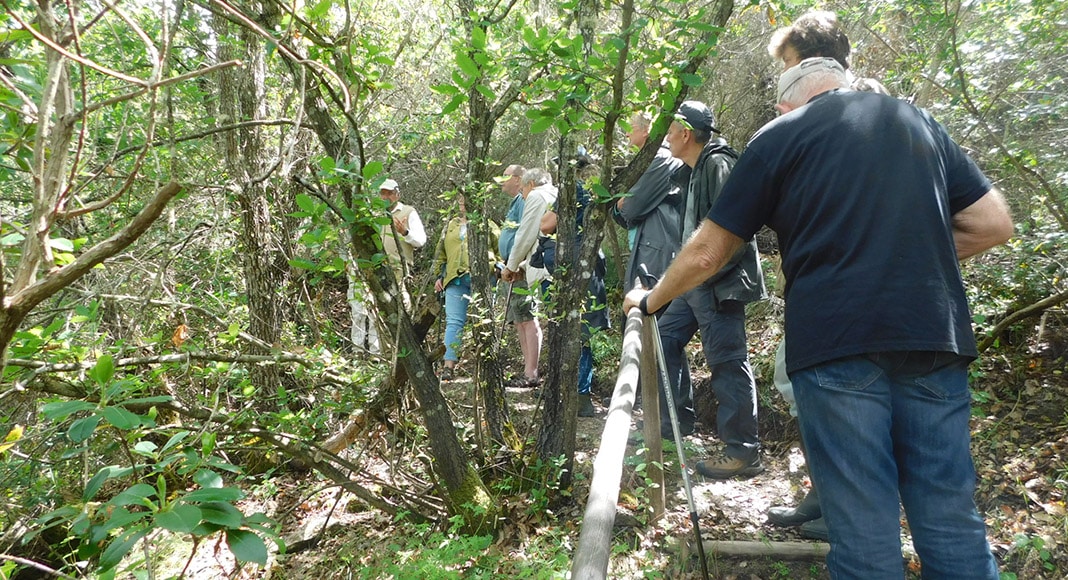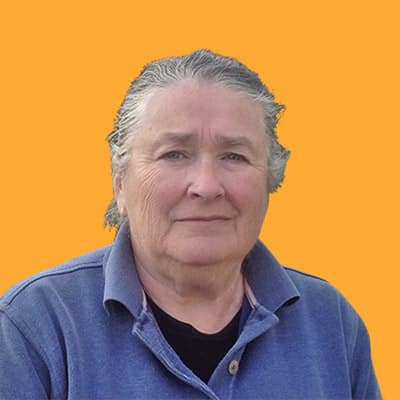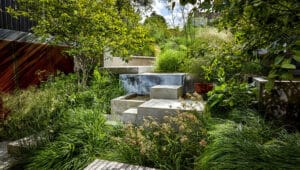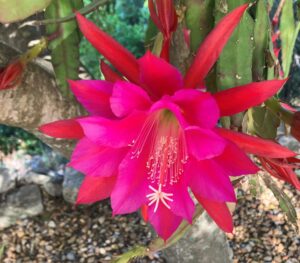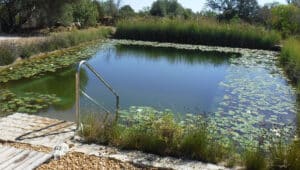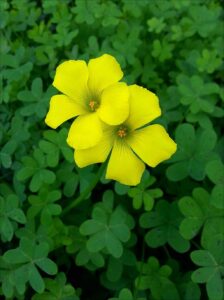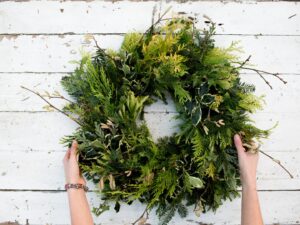A recent Mediterranean Gardening Association Portugal (MGAP) event focussed on two case studies near Aljezur showing rewilding in the Algarve.
The morning visit was to an area originally an intensive commercial eucalyptus plantation, but when the new owners acquired the land, a priority was to return it to nature with minimum intervention.
Following consultation with biologist Udo Schwarzer and landscape architect Claudia Schwarzer (members of RWSW Rewilding Sudoeste), it was agreed that the eucalyptus should be felled, and the timber removed.

After that, remaining stumps were lifted and left exposed to the elements on the soil surface. It was important to reduce the impact of the initial work, so small machines were supervised on site to limit damage to the soil and emerging vegetation.
This was all that was needed to provide the ideal conditions for the remaining natural seed bank to regenerate. The resulting natural woodland area is a joy to see, and the intervening 25 years have shown a gradual but spectacular return of oaks, cistus, arbutus as well as fungi and orchids.
Consequently, many benefits were seen very quickly. The site is in the more humid coastal zone of the western Algarve, which gives excellent growing conditions for the woody plants. Their diversity is a magnet for birds, insects, reptiles and other animals.

Leaf fall improved the soil for the more ephemeral plants, such as orchids and wildflowers. Wind pollination of the oaks provided acorns for jays and a good food source for other fauna. This species-rich area is many times more fire-resistant than the original eucalyptus monoculture.
The emerging forest type on this site is completely native and totally adapted to the conditions with no requirement for irrigation or fertilisers – providing a very cost-effective method of achieving the desired ‘rewilding’.

The site shows the benefit of doing nothing and letting nature take the lead in rebuilding damaged landscapes – known as rewilding! For some before and after photos see https://www.facebook.com/media/set/?set=a.2610960505663112&type=3
Case study 2
An opportunity to visit mature native forest was available nearby and provided a full afternoon of shady walks under the canopy of diverse trees. This site has the distinction of being one of the very first in Portugal designated as a Private Protected Area (APPVA, Área Protegida Privada Vale das Amoreiras). This involved a long and intense period of research and evaluation before approval.

The Private Protected Area occupies 10.8 hectares, being almost entirely an oak grove of deciduous species and a cork oak forest. The most notable trees are, in addition to the cork oaks, several species of oaks such as Quercus marianica, Quercus faginea, Quercus coccifera and Quercus x coutinhoi. Quercus estremadurensis, a species of southern oak and a rare Iberian endemism, has its most southern population in this protected area.
The many climbing plants bore witness to the diversity and the age of the woodland. It was a surprise to note the welcome cool humid atmosphere under the trees on what was a very warm spring day.

The site has a steep slope, but rainfall is retained with no visible erosion. The soft ground demonstrated the fertile layer of organic material which is home to 85 species of fungi and mushrooms. There is also a great natural heritage of mosses, with much more diversity yet to be discovered.
Also accompanying the group for the afternoon was Jack Golds, also a member of RWSW Rewilding Sudoeste, grown up in Aljezur and a specialist for rewilding bees. We were shown examples of hives constructed from natural materials and one was already spontaneously inhabited by wild bees – another layer in the rich biodiversity of this site. This was an inspiring and uplifting day showing what can be done, even with the appalling legacy of eucalyptus-damaged areas.
Members of the association RWSW Rewilding Sudoeste were responsible for the preparation of the Management Plan for the Private Protected Area and use the site as a place for environmental education activities. Especially so as a model for future native forests of spontaneous growth in the southwest of Portugal.
For news from RWSW Rewilding Sudoeste, of their events and opportunities to volunteer, see https://www.florestaaljezur.org/eventos
More info: www.florestaaljezur.org
By Rosie Peddle
|| features@algarveresident.com
289 791 869 | mgapsec@gmail.com
facebook.com/MedGardenersPortugal
www.mgaportugal.org

